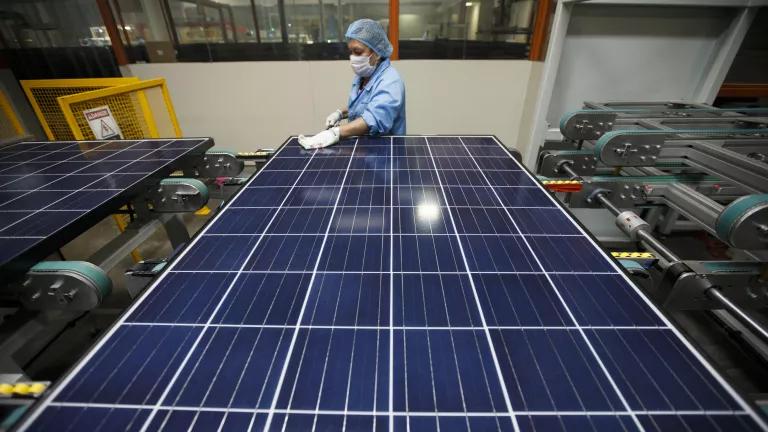The Interior Department earlier this week released a long-awaited study on future water supplies from the Colorado River Basin. The news was not good.
The Colorado River Basin Water Supply and Demand Study found average water demand will outstrip supply in the future by 3.2 million acre feet annually. That’s five times the amount of water Los Angeles—which depends on Colorado River water—uses in a year. The seven Basin states are Arizona, California, Colorado, New Mexico, Nevada, Utah and Wyoming.
Interior Department Secretary Ken Salazar said Wednesday:
“This study is a call to action.”
And:
There’s no silver bullet to solve the imbalance between the demand for water and the supply in the Colorado River Basin over the next 50 years – rather, it’s going to take diligent planning and collaboration from all stakeholders to identify and move forward with practical solutions.”
Hurricane Sandy has people largely focused on the impacts of too much water, but weather pattern changes caused by man-made climate change are also disrupting the other end of the scale, as this definitive Interior Department study points out.
The report identifies drought/climate change and population growth as the main causes of the water shortage (good Los Angeles Times story here). Droughts obviously lead to less water and droughts are connected to/made worse by climate change.
The study makes clear that the status quo is no longer a sustainable approach to dishing out water from the Colorado, and there are no other supplies to supplement demand. That’s a big deal coming from Interior.
As my colleague Barry Nelson notes:
There are many cost-effective, common sense solutions to meet water needs: The study includes several scenarios summarizing options to meet future needs. One of those scenarios includes green, realistic and cost-effective solutions, with a focus on water use efficiency and water recycling. These tools represent potential common ground – leading to a collaborative, Basin-wide effort to increase water use efficiency and move toward modern river management.
However the report does not reach a specific conclusion, instead it kicks the can down the road. But the good news is cities and states are already taking action to address water shortages. Cities like Las Vegas and states like California offer good example of how to deal with shrinking water supply through cost-effective and expeditions practices like efficiency and regional planning. California has the single largest allocation of water from the Basin.
The study comes as a record drought has also parched parched the Midwest, dropping water levels on the Mississippi River by as much as 30 feet, and stopping essential barge traffic due to water depth that in some places has dwindled nine feet. (See my recent blog for more). In some ways, this is no surprise: 2012 is almost certainly going to be the hottest year on record.
Additionally, a new study in the Proceedings of the National Academy of Sciences shows the clearest evidence yet of the impacts of climate pollution on the atmosphere, and rising temperatures. Winters are getting shorter, and less precipitation is falling as snow—nature’s form of water storage.
Goldman Sachs issued a report earlier this week on climate change which said:
We look at the typically sharp, but short-lived economic impact of major disasters, but emphasize that even less well reported on disasters such as droughts can have important, and oftentimes more persistent, effects.
The Goldman report also finds:
The severe drought in the US this year cut yields by the most since the severe dry conditions during the 1933 “Dust Bow l”, slicing 0.4% off of US 3QGDP growth. This is about the same impact as Hurricane Sandy, which ranks among the very largest global natural disasters given its current estimated cost of about $75 billion (0.1% of global GDP, or 0.5% of 2011 US GDP), and a particularly large impact considering that agriculture comprises less than 1.0% of US GDP.
For better or worse, climate change is assertively manifesting itself In the United States. Perhaps that’s the shock we’ve needed to address what causes it, even though that sounds callous. The good news is there are solutions like energy and water efficiency, renewable power sources and clean fuels that can help us address the problem. The two largest sources of the pollution that causes climate change are vehicles and power plants/industrial facilities. President Obama took an important step in address the first last year, with new vehicle pollution standards that would cut car emissions in half.
Now we need to deal with power plants.
Our President, Frances Beinecke, summed it up well:
We must set carbon limits on existing power plants (click here to send a message to the administration in support of carbon limits). We must extend incentives for wind energy and spur investment in clean energy research. And we must help cities and states embrace the energy, water, and public health strategies that will make them more resilient.
This is how we lower the costs of extreme weather: we make our communities cleaner, stronger, and more sustainable.



